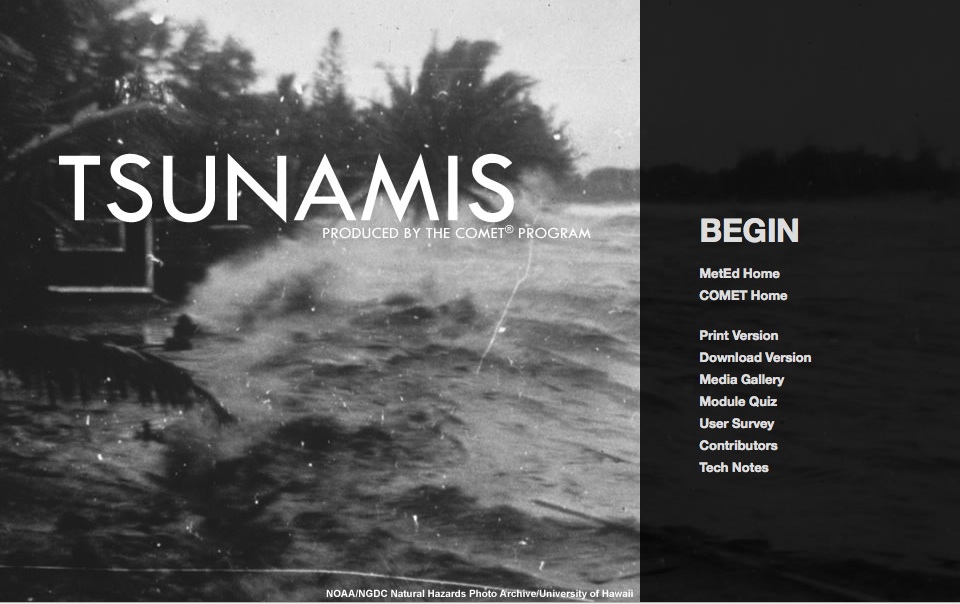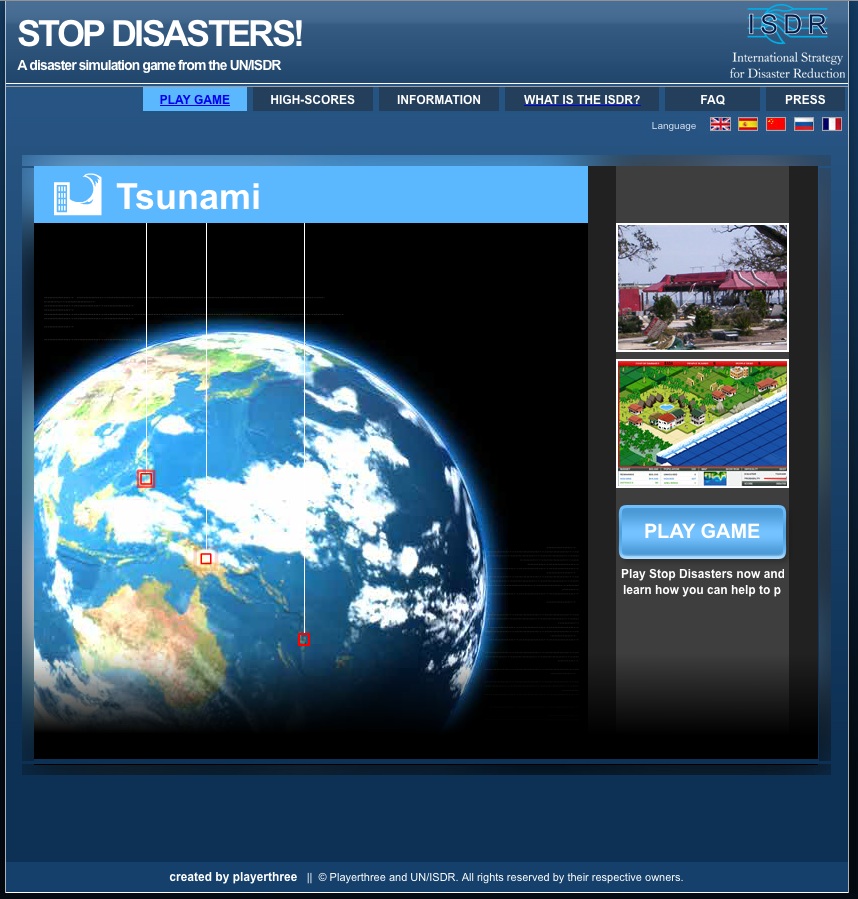Tsunamis are potentially devastating geologic hazards that are typically caused by earthquakes that happen in subduction zone regions, or by large landslides. Tsunamis predominantly impact low lying coastal areas, such as Valdez and Seward in Alaska. Fortunately, with proper warning, the impacts from tsunamis can be lessened to some degree, particularly in terms of saving lives. When there is no warning, the consequences can be severe, as was the case in December 2004 when a major earthquake (M~9.1) triggered a massive tsunami in the Indian Ocean, which killed more than 200,000 people.
The YouTube video below shows the devastation caused by the tsunami that followed the Tohoku earthquake in Japan in March 2010.
Alaska has seen its share of tsunamis, including the event triggered by the M 9.2 Good Friday earthquake in 1964, and the massive landslide and tsunami that struck Lituya Bay in summer 1958:
____________________________________________________________________
Science Topics and Resources for Tsunami Hazards:
Week 1 – Basic science – follow the steps below to learn the basics. Week 1 assignments are given in the Case Study 1 page
1)If you have not already done so, REGISTER with the University Corporation for Atmospheric Research (UCAR) MetEd website
2) Complete the MetEd UCAR, Tsunamis Module. Complete the module quiz. (est. 1.5 hours total time)
3) Complete all Week 1 Assignments for your Case Study
___________________________________________________________________________
Week 2: Monitoring and mitgation – follow the steps below to learn the basics. Week 2 assignments are given in the Case Study 1 page
1) Complete the MetEd UCAR, Tsunami Warning Systems Module. Complete the module quiz. (est. 1 hour total time)
2) Play the Stop Disasters Game: You are in charge of keeping a city safe from tsunamis!
___________________________________________________________________________
Week 3 and Case Study Report – Assignment is given on the Case Study 1 and 2 pages. For Case Study 2, you are required to provide one additional paragraph comparing and contrasting your two case studies disasters.



